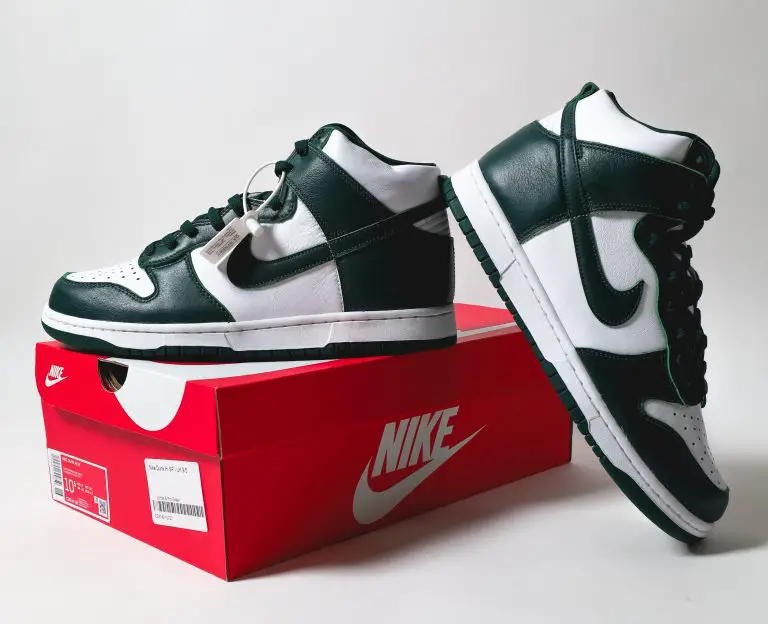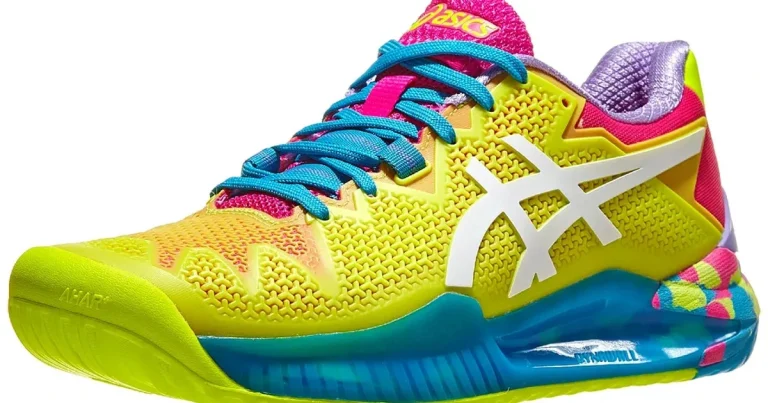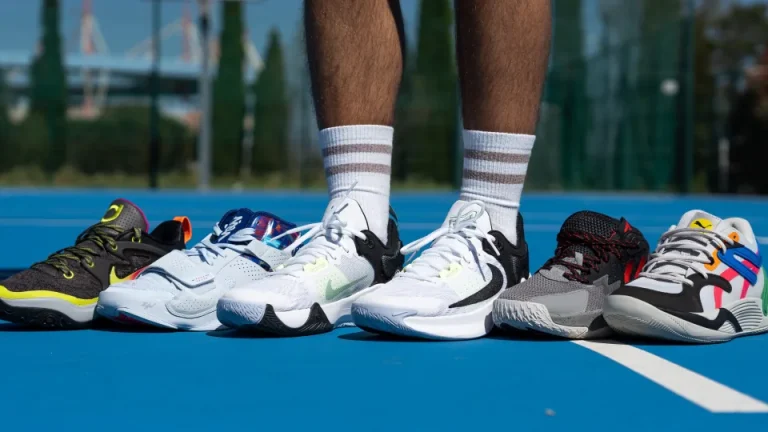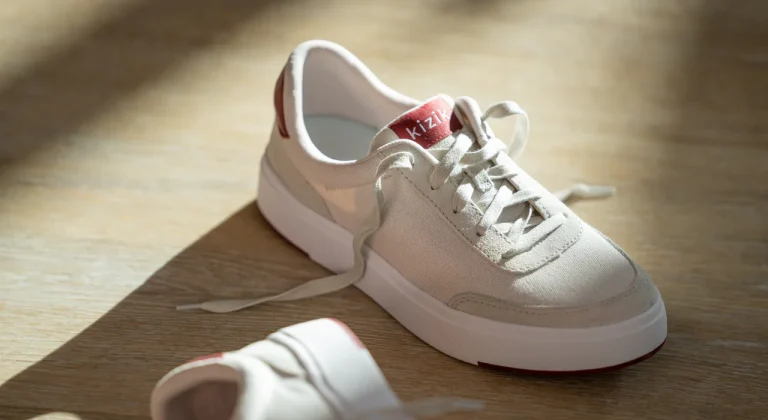Are Running Shoes Non Slip? Tips To Find Out
Running shoes are an essential gear for athletes and fitness enthusiasts, providing comfort, support, and protection during intense physical activities. One crucial feature that runners often seek in their footwear is non-slip functionality. Non-slip running shoes are designed with specialized outsoles that offer superior traction and grip on various surfaces, including wet or slippery terrains. These shoes provide runners with the confidence to navigate challenging conditions, reducing the risk of accidents and enhancing performance. Whether on the road, trail, or track, non-slip running shoes ensure stability and safety, making them a must-have for any serious runner.
What Are “Non-slip” Running Shoes?
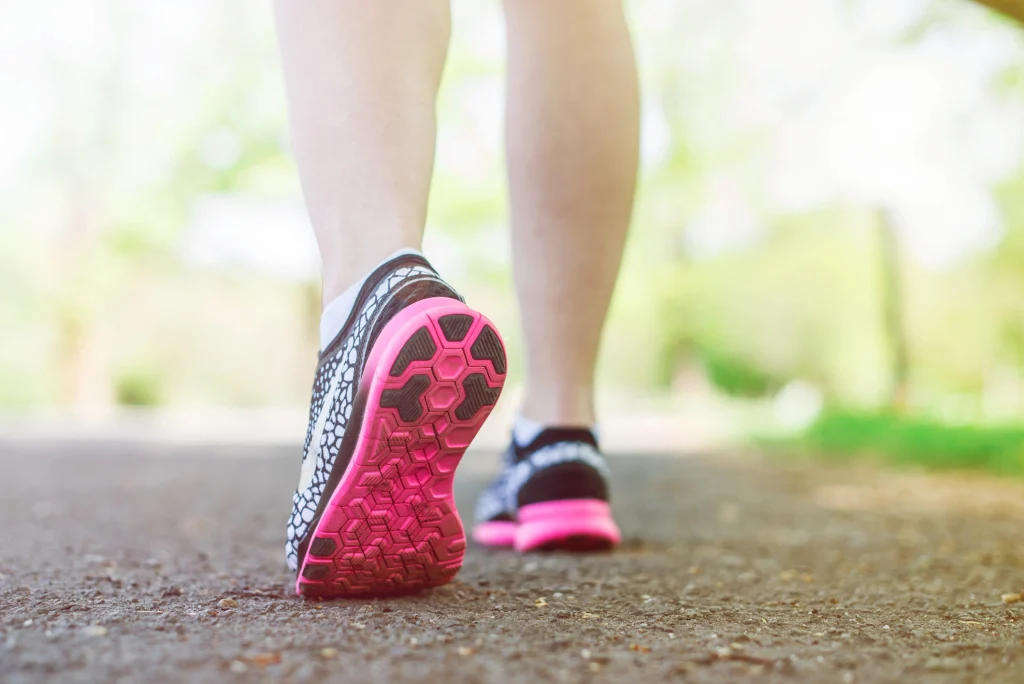
“Non-slip” running shoes are specifically designed to provide better traction and grip on various surfaces, reducing the risk of slipping and falling. These shoes often feature rubber outsoles with deep treads or patterns that enhance traction, allowing runners to maintain stability and control while running on slippery or uneven terrain.
Are Running Shoes Non Slip?
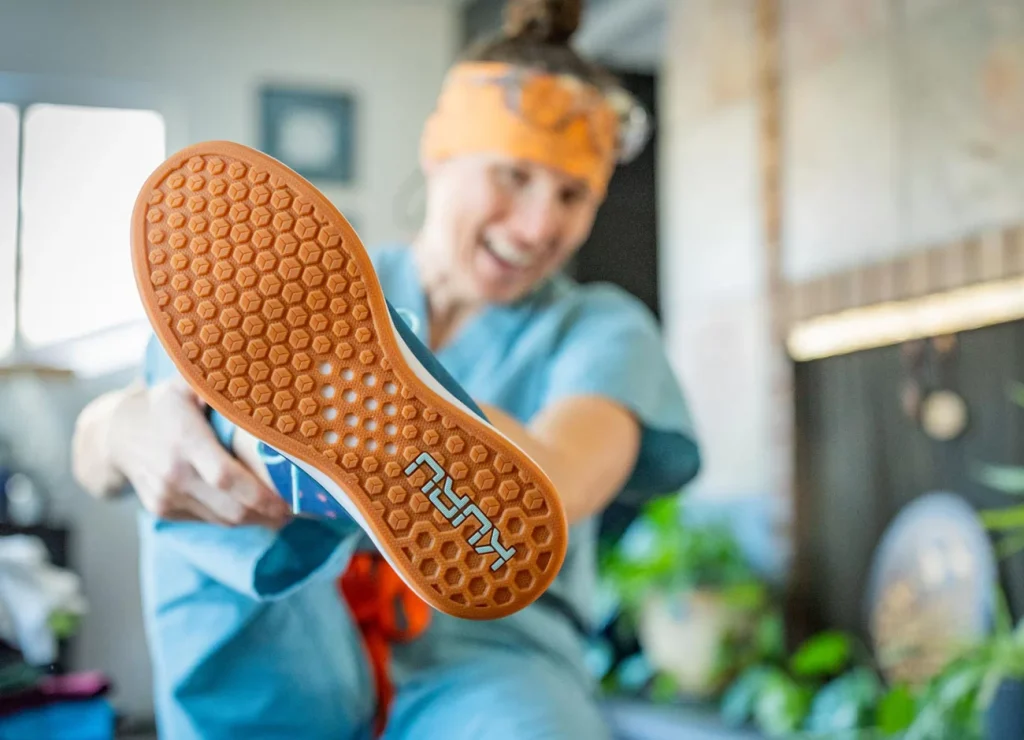
While many running shoes are designed with features to enhance traction and grip, it’s important to note that not all running shoes are guaranteed to be completely non-slip. The level of slip resistance can vary depending on the specific shoe model and its intended use. It’s recommended to look for running shoes with rubber outsoles and patterns designed for better traction to minimize the risk of slipping. Additionally, reading customer reviews or consulting with experts can provide further insight into the slip resistance of specific running shoe models.
How Can You Tell If Shoes Are Non-Slip?
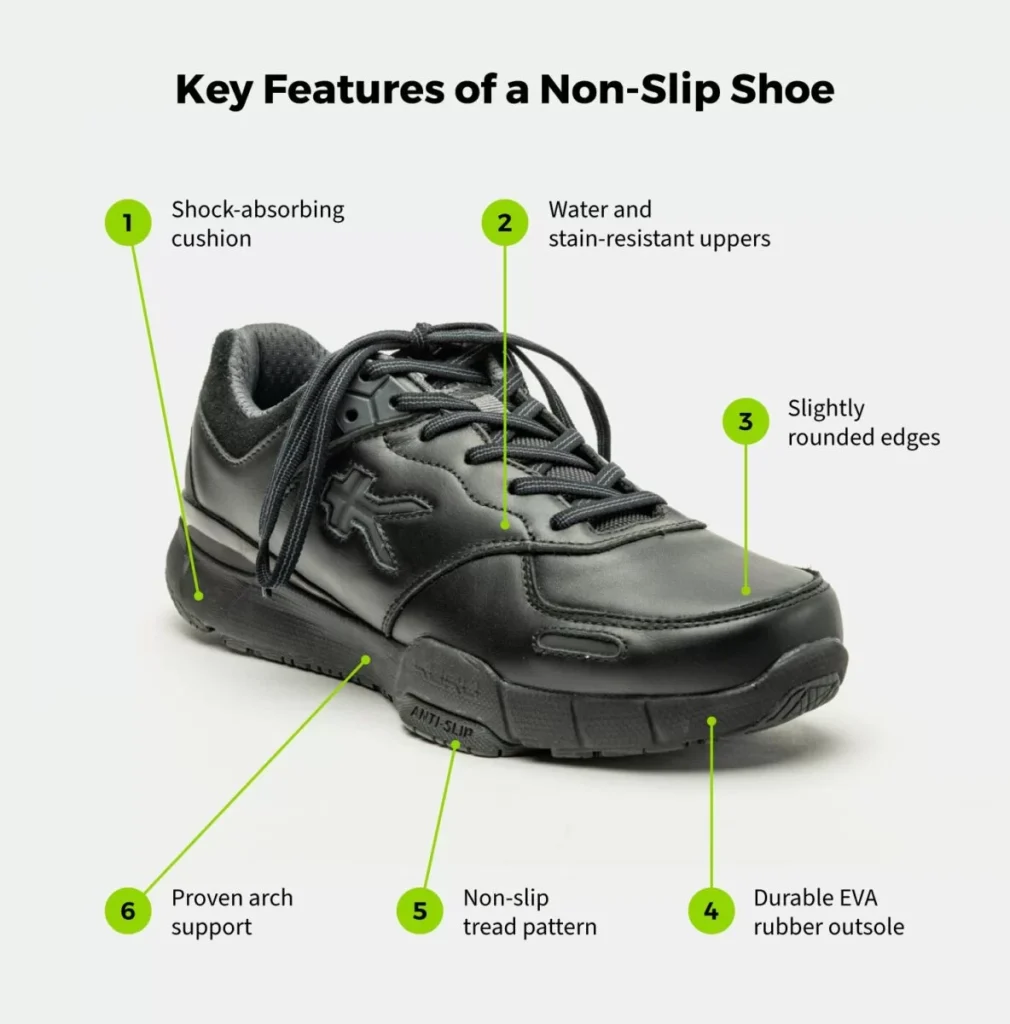
To determine if shoes are non-slip, you can look for specific features such as a rubber outsole with deep treads or patterns designed for better traction. Additionally, checking for slip-resistant certifications or reading customer reviews can provide further insight into the shoe’s slip-resistant properties.
Check The Outsole Material:
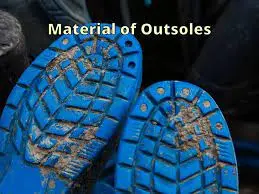
Here are some key points about common outsole materials used in running shoes:
Check The Outsole Design:
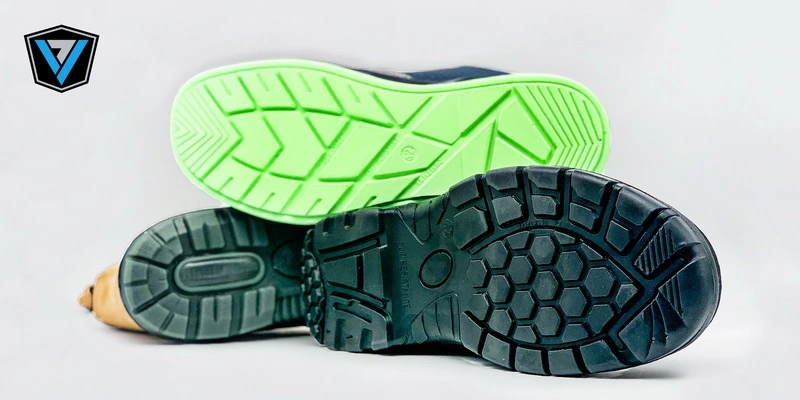
Running shoe outsole designs vary between models, but there are some common features:
Check The Tread Pattern:
Tread patterns on running shoe outsoles are an important design feature that can help provide traction and grip. Here are some key points about tread patterns:
Related To: Best Running Shoes For Ankle Support
Related To: Best Hoka Running Shoes
Is There A Difference Between Non-Slip And Slip-Resistant?
Yes, there is a difference between shoes described as “non-slip” versus “slip-resistant”:
Slip-Resistant
Slip-resistant shoes provide enhanced traction compared to regular shoes, but they are not guaranteed to prevent slipping in all situations. Their tread design and materials focus on reducing but not completely eliminating the risk of slipping.
Slip-resistant shoes provide improved traction but not necessarily to the same degree.
Non-Slip
Non-slip shoes are design and marketed to provide maximum traction and prevent slipping under most conditions. They have aggressive tread patterns and materials formulated for excellent grip.
Non-slip shoes meet stricter performance standards and testing requirements related to traction.
Factors like tread depth, wet/dry performance, and material composition can vary between non-slip and slip-resistant labeled shoes.
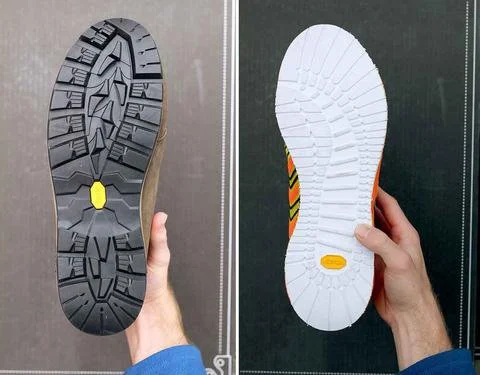
Popular Slip-Resistant Running Shoe Brands
Here are some thoughts on the slip-resistance of popular running shoe brands:
Related To: Can You Play Tennis In Running Shoes?
Related To: How To Waterproof Running Shoes?
Who Can Benefit from a Non-Slip Pair?
Here are some groups who could benefit from wearing a non-slip pair of shoes:
Runners/athletes
Provides better traction for various surfaces like trails, tracks, and wet conditions to help prevent slipping injuries.
Healthcare workers
Crucial for those on their feet all day in potentially slippery hospital/clinic environments.
Construction/industrial workers
Offers stability on job sites that may involve uneven terrain, debris, moisture, chemicals, etc.
Restaurant employees
Kitchens and food prep areas can get wet and slippery, posing a safety risk.
Seniors
Reduces fall risk which is a concern as reflexes and balance may decline with age.
People with disabilities
Can help those with conditions affecting coordination, strength, or mobility stay steady.
Outdoor workers
Benefits landscapers, park workers, and others exposed to unpredictable ground conditions.
Parents
Non-slip soles provide extra security when carrying kids, running after them, or playing outside.
Travelers
Useful for sightseeing in unpredictable environments like boats, hiking trails, amusement parks.
Conclusion
While many running shoes are design with slip-resistant features, it’s important to note that not all running shoes are guarantee to be non-slip. It’s recommend to look for specific features like rubber outsoles with deep treads or consult customer reviews for better assurance of slip resistance.


